Popular culture is rife with movies, books, and television shows that address our collective curiosity about what the world was like long ago. From historical dramas to science fiction tales of time travel, audiences love stories that reimagine the world before our time. But what if there were a field that, through the advancements in technology, could bring us closer to the past than ever before? Written by a preeminent expert in geospatial archaeology, Maps for Time Travelers is a guide to how technology is revolutionizing the way archaeologists study and reconstruct humanity's distant past. From satellite imagery to 3D modeling, today archaeologists are answering questions about human history that could previously only be imagined. As archaeologists create a better and more complete picture of the past, they sometimes find that truth is stranger than fiction.
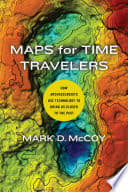
Average Rating
Informations
About the author
Mark D. McCoy
Author
Maps for Time Travelers
by Mark D. McCoy
Books Like Maps for Time Travelers
If you're looking for books similar to Maps for Time Travelers, here are some recommendations based on themes, tone, and narrative style.
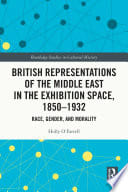
Satellite Archaeology
David R. Thompson
An innovative look at how satellite imagery and remote sensing are revolutionizing archaeological research. Thompson explores how advanced imaging technologies can reveal hidden archaeological sites invisible from ground level. The book demonstrates how modern technology can uncover lost civilizations and provide unprecedented insights into human history. It offers a compelling narrative about the power of technological innovation in understanding our past.
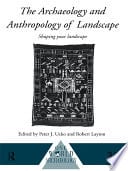
Geospatial Archaeology
Thomas J. Richards
A comprehensive guide to how geospatial technologies are transforming archaeological research. Richards explores the ways satellite imagery and advanced mapping techniques can reveal hidden historical sites. The book provides detailed insights into how researchers use modern technologies to understand human migrations and settlements. It offers a compelling narrative about the power of technological innovation in historical research.
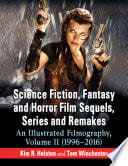
The Science of Archaeological Discovery
Christopher Lee
A comprehensive guide to the technological innovations transforming archaeological research. Lee explores the latest techniques for reconstructing ancient environments and human activities. The book provides detailed insights into how modern tools are pushing the boundaries of historical understanding. It offers a compelling narrative about the intersection of technology and archaeological discovery.
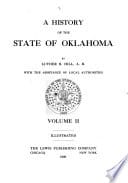
The Archaeology of Time Travel
Sarah J. Henderson
A comprehensive exploration of how technological innovations are reshaping archaeological research. The book delves into cutting-edge methods for reconstructing historical landscapes and understanding human migrations. It examines the intersection of technology and archaeological discovery, revealing how modern tools can unlock ancient mysteries. Henderson provides fascinating insights into how geospatial techniques are transforming our understanding of past civilizations.
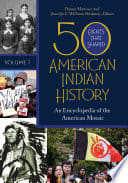
Mapping Ancient Civilizations
Jennifer Williams
A comprehensive guide to how modern mapping technologies are revolutionizing archaeological research. Williams explores the ways satellite imagery and geospatial techniques can reveal hidden historical sites and patterns. The book provides detailed insights into how researchers use advanced technologies to understand human settlements and migrations. It offers a fascinating look at how modern tools are uncovering long-lost historical narratives.
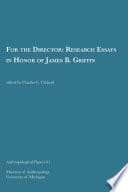
Technological Frontiers in Archaeology
Daniel O'Brien
A cutting-edge examination of how modern technologies are transforming archaeological research. O'Brien explores the latest innovations in imaging, modeling, and data analysis techniques. The book provides detailed insights into how researchers are using advanced tools to understand human history. It offers a compelling narrative about the future of archaeological discovery.
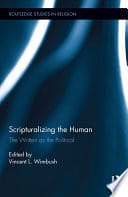
Landscapes of Human History
Elizabeth Morgan
A groundbreaking examination of how modern technologies are transforming our understanding of human history. Morgan explores the ways geospatial techniques and digital modeling can reveal hidden historical patterns. The book provides insights into how researchers use advanced tools to understand human migrations and settlements. It offers a fascinating look at the technological innovations reshaping historical research.

Landscapes of the Past
Elena Rodriguez
A groundbreaking examination of how landscape archaeology is transforming historical research. Rodriguez explores how 3D modeling and digital technologies can reconstruct ancient environments with remarkable precision. The book reveals how scientists can now virtually explore historical landscapes and understand human interactions with their environment. It provides a fascinating glimpse into the methodologies that are reshaping our understanding of human history.
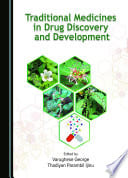
The Technology of Discovery
Robert K. Palmer
An in-depth examination of technological innovations in archaeological research. Palmer explores how modern tools are transforming our understanding of human history and prehistoric environments. The book discusses the latest advances in imaging, modeling, and data analysis techniques. It provides a compelling narrative about how technology is pushing the boundaries of historical research.
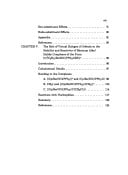
Virtual Excavations
Laura Kim
An innovative exploration of how digital technologies are revolutionizing archaeological research. Kim discusses the latest techniques for virtually reconstructing historical sites and environments. The book provides insights into how computer modeling can help researchers understand complex historical contexts. It offers a fascinating look at how technology is changing our approach to archaeological discovery.
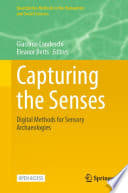
The Digital Archaeological Revolution
James L. Carter
An in-depth exploration of how digital technologies are changing archaeological research. Carter discusses the latest innovations in mapping, modeling, and data analysis techniques. The book provides detailed insights into how researchers are using advanced tools to understand human history. It offers a compelling narrative about the future of archaeological discovery.

Digital Time Machines
Michael Chen
An exploration of how digital technologies are creating new ways to understand historical contexts. Chen discusses the latest technological innovations that allow researchers to reconstruct past environments and human activities. The book demonstrates how computer modeling and advanced imaging can bring historical research to life. It offers insights into how technology is bridging the gap between present and past.
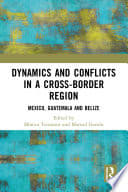
Reconstructing the Past
Amanda Torres
A detailed exploration of how modern technologies are revolutionizing historical research. Torres discusses the latest techniques for reconstructing ancient environments and human activities. The book provides insights into how digital tools can help researchers understand complex historical contexts. It offers a fascinating look at the intersection of technology and archaeological discovery.
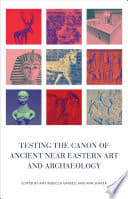
Imaging the Ancient World
Rachel Nakamura
A comprehensive look at how advanced imaging technologies are revolutionizing historical research. Nakamura explores the ways satellite imagery and digital modeling can reveal hidden historical sites. The book provides insights into how researchers use modern technologies to understand ancient environments. It offers a fascinating glimpse into the technological innovations transforming archaeological research.
No account connected — sign in to comment.
